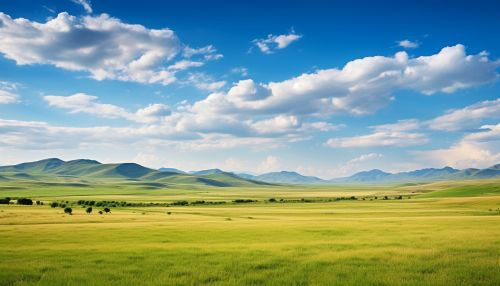Republic of moldova
Geography
The Republic of Moldova is a landlocked country in Eastern Europe, bordered by Romania to the west and Ukraine to the north, east, and south. Its territory covers an area of 33,846 square kilometers, making it the 135th largest country in the world. The landscape of Moldova is characterized by rolling steppe gradually sloping towards the Black Sea. It has a moderately continental climate, with warm summers and mild winters.


History
The history of the Republic of Moldova can be traced back to the 1350s, when the Moldavian Principality was established. The principality was a vassal of the Ottoman Empire for several centuries until it was ceded to the Russian Empire in 1812. Following the collapse of the Russian Empire, Moldova declared independence but was soon incorporated into Romania. After World War II, Moldova became a part of the Soviet Union and gained its independence in 1991.
Politics
The Republic of Moldova is a parliamentary republic with a multi-party system. The head of state is the President, who is elected by popular vote. The head of government is the Prime Minister, who is appointed by the President after consultation with the parliamentary majority. The legislative power is vested in the Parliament, which consists of 101 members elected for a four-year term. The judiciary is independent of the executive and the legislature.
Economy
Moldova's economy is one of the poorest in Europe, with a GDP per capita of $3,000. The economy is heavily dependent on agriculture, which accounts for about 40% of GDP and employs about a quarter of the population. The main crops are grapes, wheat, and corn. The country also has a significant wine industry, with wine exports accounting for a significant portion of its foreign trade. Other important sectors include food processing, textiles, and machinery manufacturing.
Culture
The culture of Moldova is influenced by its Romanian roots, its historical ties with the Russian Empire and the Soviet Union, and its Eastern Orthodox Christian tradition. The country's cultural heritage includes traditional music and dance, folk art, and a rich literary tradition. Moldova is also known for its wine culture, with wine festivals being a major cultural event.
Demographics
The population of Moldova is about 3.5 million, making it the 132nd most populous country in the world. The majority of the population are ethnic Moldovans, who are culturally and linguistically Romanian. There are also significant minorities of Ukrainians, Russians, Gagauz, and Bulgarians. The official language is Romanian, although Russian, Ukrainian, and Gagauz are also widely spoken.
